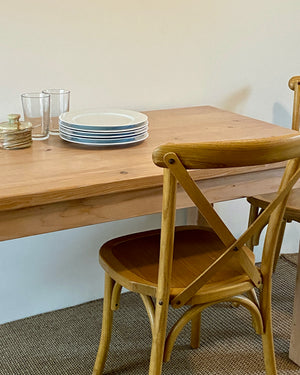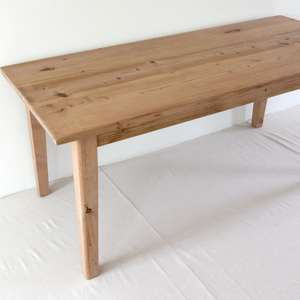
WATER-BASED VS OIL-BASED FINISHES
Water-based and oil-based wood finishes are both good choices for a finish and, in the end, depend simply on if you’d prefer an amber hue to whatever you are finishing. Oil-based finishes will leave an amber coat to the wood and that can, sometimes, create a beautiful visual depth although it may alter the look of the original wood. If you like the natural look of the wood then you would be more suited to go with a water-based finish.
Water-based finishes are easier to work with and dry clear, although it appears as thin milky substance until it dries, and just use soap and water for clean up. The drying time is fairly quick although since it is much thinner, or watery, than oil-based, you will have to apply more coats. Water-based finishes have lower VOCs (volatile organic compounds) but always have good ventilation durning application.
An oil-based finish will warm up the wood’s appearance with, as I stated before, an amber hue and takes more time to dry. It creates a durable film in just a few coats but it will have a strong smell during the dry process and must be cleaned up with a mineral spirits.
To add one more thing to the polyurethane debate, there are also water-based modified polys which appear like the water-based but dry with an amber-tone (like the oil-based.) Since its water-based it shares all the same benefits just with the added amber color.
As for hardness, oil-based is better for surfaces such as; bartops or commercial traffic areas although, for most everything else, either will work.
If you are choosing a finish, keep in mind that any imperfection or high-use will show more with the higher gloss content you choose.
As with paints, there are exterior polyurethanes in addition to the interior ones and the exteriors can be used indoors or out however an interior polyurethane should not be used outdoors because they lack any UV protectant.



